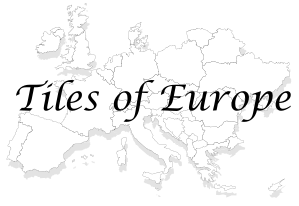Frequently and most googled questions about flooring, tile, luxury vinyl plank or tile, and natural stone. How to, why, and style tips when installing flooring or tiling in your homes interior or exterior.
Tiles of Europe FAQ’s
What is the difference between porcelain and ceramic tile?
Both tiles are made from a clay mixture that is fired in a kiln, but porcelain is made from a more refined clay and fired at a higher temperature. This process makes porcelain a denser material than ceramic.
Is natural stone tile porous?
The natural structure of stone has very open pores that allow the entry of moisture deep into the stones. Granite is known for its naturally low porosity levels. You can low porosity on any natural stone material by sealing your stone choice after installation.
How can I use tile to make a room appear larger?
Larger tiles will trick the eye and make a room look larger. This is attributed to the lesser amount of grout lines reducing the “busy” factor that can be brought on by smaller style choices.
What is the current trend in tile installation that will give me the best return on my home’s investment?
Porcelain tiles are known for their durability and are proven to pass the test of time. When it comes to style and color choices white, beige, or cream tones maintain their ranking as the more popular installation choice. Regardless, Tiles of Europe remains open to any and all of your renovation goals!
Should grout be darker or lighter than my choice of tile?
Unifying your tile choice will call for the same color or lighter choice of grout. If you would like to accentuate your tile with a bold but subtle look, a darker grout choice can help you achieve this goal.
What is the difference between Herringbone and Chevron cut tiles?
Both known for their bold and timeless style there are key differences between the two popular looks. Herringbone tiles are consistently cut at a 90-degree angle with an alternating pattern left to right, one after the other. Chevron tiles are cut on both sides at 40–60-degree angle. The difference in cut allows each tile to be placed in unison making an “arrow” or “point” pattern.
Where can I use hexagon tiles in my home?
Hexagon tiles come with a versatility of six axes of symmetry without overlapping providing a wide variety of variations at your disposal. It is more common to see the hexagon tile featured on kitchen backsplashes, however the use of this cut has expanded to many areas around the home and workplace!






